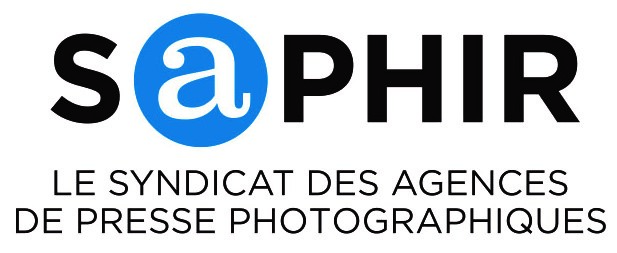By: Pat Hunt, along with Mark Hunt, owners of DisabilityImages and Huntstock
In commercial imagery, there seems to be a need to put someone into a wheelchair in order to visually display that they have a disability. It is said by statisticians that 74% of Americans who live with a serious disability do not even use a wheelchair or a walker. According to the Americans with Disabilities Act, “a person with a disability is one who has a physical or mental impairment that substantially limits one or more major life activities. “ Having a disability is not always about mobility.
There is even a very serious organization that promotes the knowledge of and caring for what they call an Invisible Disability. An invisible disability can refer to such issues as pain, fatigue, depression, learning differences, hearing and vision impairments and any ailment not immediately obvious to the on-looker. These issues can severely limit daily activities, so people making judgments about them need to be keenly aware of more than obvious physical impairments.
In spite of all these disabilities, it’s important to avoid the label – disabled. Human beings are very resourceful and continue to lead very active lifestyles, in spite of their issues. They have careers, and they play sports. They enjoy relationships and work toward an education. They improve with rehabilitation and get around with transportation. They have a very active home life.
Disability Images has been working to be sure we cover the many aspects of disability lifestyle. From visual and hearing impairment, to people with Bi-Polar and Asperger’s; from ACL surgeries and Reflex Sympathetic Dystrophy to Cerebral Palsy and Learning Disabilities; we show how lifestyle can be positive and engaged. These are the kinds of issues that marketing and advertising should be representing in their pictures; because a disability of any kind can happen to anyone we love. It is what it means to be human.
http://www.DisabilityImages.com








